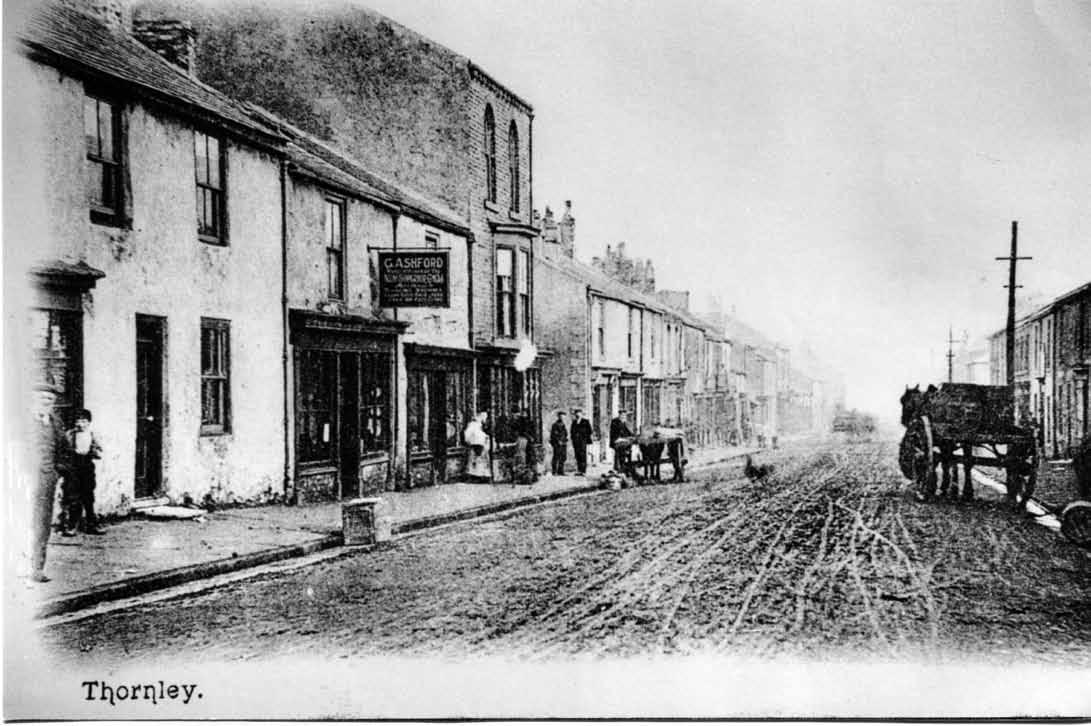
6 minute read
with Margaret Hedley
the 20th Century: Hannah’s Daughter (2021), exciting many.
“It was back in 1984 when I began tracing my own family story,” began Margaret, when discussing how it all began for her.
Advertisement
“There was excitement in learning to use census records to discover where my ancestors were living.
“There was also satisfaction in locating them in baptisms, marriages and burials in the parish.
“I soon realised however that there must be more to family history than an endless lists of names, dates and places, but that’s all family history is - unless you dig a little deeper.
“I was interested in finding out what my Victorian, female ancestors, were doing during the 1800’s.
“Most were married to coal miners in the Durham Coalfield, but I wanted to know more about their lives.”
And that’s exactly what Margaret did, she learnt more about now only her family history, although that is the main crux, but also the pit mining villages of County Durham in which they were connected, and the everyday people in which they resided.
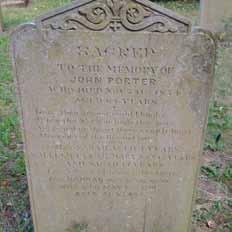
With the two books covering the families, and lives of some five generations of her family, going back to that of William Hall and Ann Milburn, in the 1780s, Margaret’s great, great, great grandparents, the first of the two books covers exactly what it says, the Durham Coalfield in the 19th Century.
The first, with a foreword penned by writer and broadcaster, John Grundy, takes the reader on a journey, the journey of Hannah Porter (nee Hall; 1820-1901), Margaret’s great, great grandmother, focussing on the role in which women took within the communities of those pit mining villages.
It was to be a story that both led to, and helped her with the dissertation of an MSc History degree, at Teesside University, back in 2000.
“I was delighted when I found it (MSc History) had a focus on family and local history,” explained an enthusiastic Margaret.
“This was my opportunity to write my female ancestors into local and national history.
“These women hadn’t been written out of history, they had simply never been written into it.
“When I was considering a topic for my final dissertation, I decided to focus on the female relative whose history I knew best.
“The story of Hannah Porter, my paternal great, great grandmother had been kept alive by my grandmother.
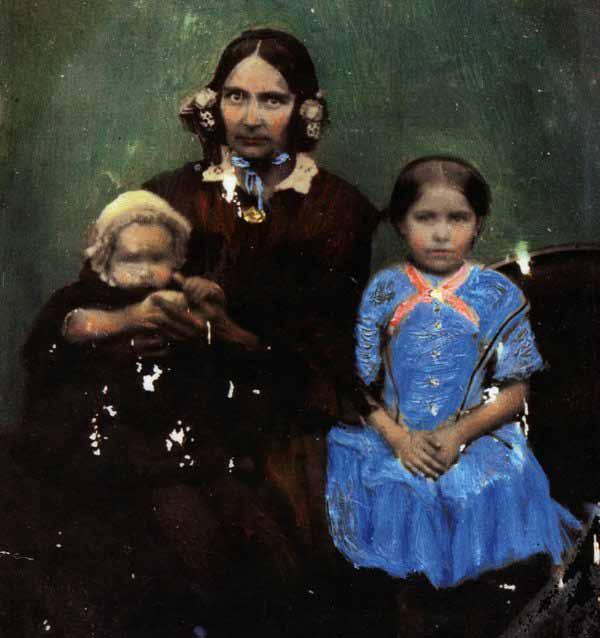
“She would tell me of her own childhood, and spoke of her parents and grandmother, Hannah.
“She also showed me belongings, handed down from Hannah.
“From this I was able to build Hannah’s story and, by extension, paint a picture of how women in her situation would have lived.”
Hannah’s family, like many people’s ancestors of that time, lived through a grim, yet significant period of labour, and of women’s history, however, because of illiteracy, written documentation of the time is hard to come by.
This meant that, for people like Margaret, and other genealogists, any information gathered was done so through the written record of men, and of government records, which have been collected throughout the past couple of centuries.
Fortunately for Margaret, she was able to put a good chunk of her family history together when, in the mid-nineties, she took the opportunity to conduct a video interview most genealogists, and the everyday person in general, would be both proud, and jealous of.
In the introduction of her second book, for which the foreword was penned by non-other that esteemed Northern Echo features writer, Chris Lloyd,
Margaret said; “I carried out a video interview with my grandmother, Hannah’s daughter (Isabella Carr, 1902-97), in 1995, two years before she died.
“The facts she gave me have provided me with the raw material and have been a great source of inspiration.”
But what was life back then, during the 1800s, and in the pit mining villages, of which there was many around the country; we all know the first half of the 1900s, for which the second book takes on, was blighted by years of depression, and both the First, and Second World War.
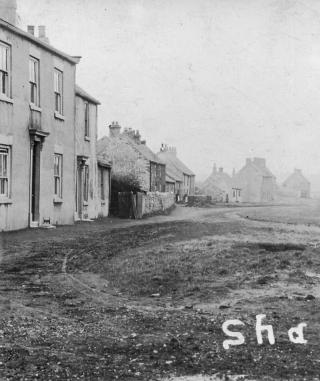
Before that however, and with Hannah being born into the industry herself before going on to have some seven children, bringing them up whilst her husband was in Australia for six years, and with the trials and tribulations life brought them in the 19th Century, Margaret says that: “The life of a coal miner’s wife was far from easy and it made sense for miners to marry the daughters of the industry.
“Such families often lived in poor conditions, with a husband who worked long hours and who would often come home to sleep when the rest of the household was still working.
“The logistics of organising this complex home-life fell to the woman and she was required to provide the men of the house with a hot meal before they left for the pit, and another hot meal and hot bath when they returned.

“Due to the pattern of shifts this could be at any time of day or night, and often there was more than one miner to provide for.
“This was all made more difficult by the lack of running water to their colliery cottages.
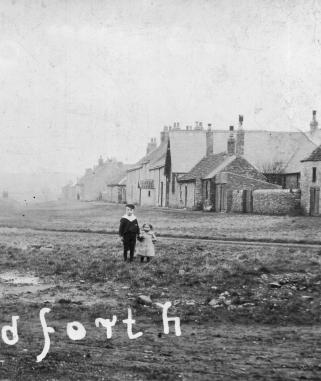
“All of the above was carried out alongside the usual routine of household chores, collecting water, baking bread and making meals, resulting in a relentless system of drudgery often lasting far longer than a miner’s 12-hour shift.”
It was more than that at times as well, miners often looking for new work, more pay, in which to provide for their families, and, should they have to move homes, as was often the case, then this would also fall upon the wife, and any able children/ other family members, to do.
“Mining families are noted in the records for moving house regularly,” continued Margaret.
“The women were frequently required to pack up their homes and leave behind a support network of friends, family and neighbours and start again in a new location.
“Their new lives could be in a nearby town or village, or they could be forced to move miles away to another county.
“There are many instances of families with numerous children, each child being born in a different place.
“(With her husband in Australia for six years, looking for work) Hannah’s determination and hard work made sure that her family thrived, it also gave her an opportunity to develop into a strong woman able to make decisions for herself in a man’s world.
“These changes were obvious in how Hannah lived the rest of her life.
“Her spirit and determination is something I believe is shared by a great number of women of the 19th century mining communities.
“And, by examining her life, and placing it in the historical context of Durham coal mining communities of the time, I believe I have been able to paint an accurate portrait of the everyday lives of these women.”
Now, for Margaret, genealogy is her life, be it hers, or that of someone else, Margaret Hedley and her ‘Past Uncovered’ business, continues to go from strength-to-strength.
Continuing to do what she seemingly does best, whilst also giving talks on the topic, of her own family history primarily, there is actually, more than rumoured talk, that a third book is close to fruition, bringing that part of her family’s story full circle, and will cover the period between, approximately, 1940-1970.
Overall therefore, they’ll cover both her family, and that of the Durham Coalfield, up to the closure of the pits in the late sixties.
“I have carried out research for people from all over the world,” states Hannah, about the here and now.
“(People) who are anxious to connect with their County Durham roots, many of whom have used Hannah’s Story to place their own ancestors into the narrative.
“I certainly found a gap in the market when I carried out the research about
Hannah but then readers became interested in my family story which led to Hannah’s Daughter.
“Hopefully a third book, which will complete the trilogy and end in 1968, takes us to when the pit closed in Wheatley Hill.”
Having mentioned the talks in which Margaret Hedley provides on her family (see website for more), then the immediate, upcoming events, will see her visit Newton Hall WI (3 May), Cockerton Library (26 May), Sunderland U3A (15 June) and her native, Wheatley Hill (History Club, 26 July).
Visit Margaret Hedley’s ‘Past Uncovered’ website via https://pastuncovered. co.uk/ or for further information, discuss family history/genealogy, email Margaret via margaret@ pastuncovered.co.uk
Images used with perission of Margaret Hedley and are as follows - covers for both the Durham Coalfield’s books; Shadforth churchyard memorial stone of Hannah, John and family; Ludworth villahe with school on left; an engraved, gold ring, brought back from John’s travels; Shadworth village; Hannah with daughters Sarah and Susan (c.1862); Hannah with daughter Susannah and Sarah (c.1858); Thornleu colliery cottages, inside elevation plans; Thornley Front Street.











